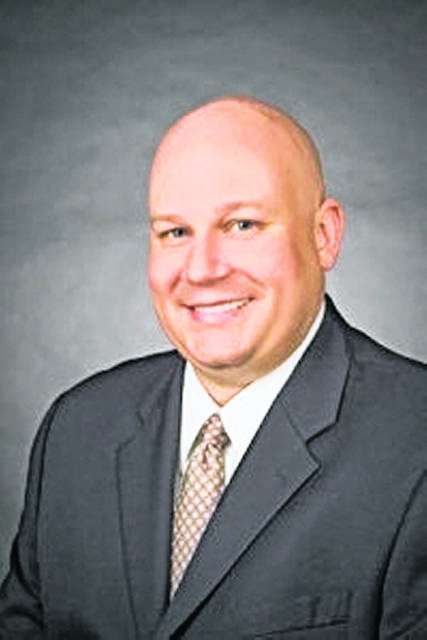In simplest terms, a trust is a set of rules that govern the ownership and use of assets. Generally, as long as a rule is lawful (i.e. not sexist or racist), that rule can be included in a trust.
Rules that are in a last will and testament are called “testamentary trusts.” All other sets of rules are called “living trusts.”
A trust’s rules can be named whatever the trust creator (called “grantor” or “settlor”) wants to call the rules. It is common to name a trust after the trust grantor, and because the grantor may share a name with other people, the trust name often also includes the date that the grantor created the trust. For example, I may have a trust called the Lee Schroeder Trust dated December 17, 2023.
The people involved in trusts serve in two, primary roles. The person serving in each role can change over time, and sometimes the same person serves in both roles. Notably, the grantor of a living trust can usually serve in either or both roles.
First, there is a trust administrator, called a “trustee,” who is responsible for ensuring that the rules of the trust are followed.
Second, the owner of the assets in a trust is called the “beneficiary.”
Usually, if the trustee of a trust is different than the beneficiary of that trust, the trustee must regularly update the beneficiary.
Rules cannot own things. Thus, my pickup truck cannot be technically owned by my trust.
Illustratively, I may loosely say that I am putting my truck into my living trust. However, what I technically mean is that I am making my truck subject to the rules of my trust.
Thus, when I put my truck into my trust, my truck gets titled in the name of the trustee of my trust with words included after that trustee’s name indicating that the trustee is holding title to my truck subject to the rules of my trust — not in the trustee’s personal capacity.
Specifically, if my truck is “in” my trust, my truck would be titled as follows: “Trustee’s name, as Trustee of the Lee Schroeder Trust dated December 17, 2023.”
Living trust rules generally do not get filed or recorded anywhere. Therefore, when someone buys an asset that is “in” a trust, the buyer will likely want to see the literal trust rules themselves to ensure that the trustee’s powers in the trust rules allow the trustee to sell the asset.
Trusts themselves are neither good nor bad. However, effective trusts usually have uncomplicated rules that are easy to follow.
Independent from being rules, properly organized trusts are also contracts. Thus, proper living trusts can position trust assets to avoid probate when the grantor dies. In this way, trusts are like payable on death contracts that accountholders have at banks or with investment companies.
Notably though, assets administered through testamentary trusts do not avoid probate and are overseen by a probate judge until the rules are fully satisfied.
Lee R. Schroeder is an Ohio licensed attorney at Schroeder Law LLC in Putnam County. He limits his practice to business, real estate, estate planning and agriculture issues in northwest Ohio. He can be reached at [email protected] or at 419-659-2058. This article is not intended to serve as legal advice, and specific advice should be sought from the licensed attorney of your choice based upon the specific facts and circumstances that you face.







